Getting from one place to another in a city is not always as simple as jumping on a bus or train. For many of us, public transportation takes us close to where we need to be, but not quite all the way. That final stretch — the so-called “last mile” — often means walking, waiting for another bus, or spending extra time and money. Over the past few years, Folding E-Bikes have become a practical solution to this problem. In this blog, I’ll share how they work, how they fit into everyday life, and what you should look for if you’re considering buying one.
Understanding the Last-Mile Problem in Daily Travel
When I think about my daily journeys, I notice that public transport rarely takes me door-to-door. There’s usually a gap between the nearest station or bus stop and my destination. Walking is fine on a sunny day, but it can feel like a burden if the weather is poor, or if I’m carrying heavy bags. Taxis or ride-hailing apps fill the gap, but they can be expensive and add traffic to already busy streets.
This is what’s called the “last-mile problem.” It’s the challenge of covering that small but crucial part of the trip quickly, affordably, and conveniently. Folding E-Bikes step in as a reliable answer. They’re small, portable, and electric-powered, making it possible to bridge that gap without breaking a sweat.
Why Folding E-Bikes Are a Practical Solution

The beauty of Folding E-Bikes lies in their flexibility. Unlike a full-sized bike, a folding model can be collapsed and carried onto a train or stored in the corner of an office. This makes it far easier to mix different types of travel in one journey. For instance, I can cycle from home to the train station, fold the bike, carry it on the train, and unfold it again for the ride to work. The whole process takes less time than waiting for connecting buses.
Another key advantage is storage. In small apartments or shared spaces, finding room for a regular bike can be a challenge. A Folding E-Bike fits into a cupboard, under a desk, or in the boot of a car. This opens the door for people who wouldn’t normally consider owning a bicycle.
And of course, there’s the physical benefit: an electric motor helps with hills, headwinds, and longer distances. That makes the ride less exhausting and more enjoyable. For readers who’d like to explore current Folding E-Bike models, DYU Bikes offers a selection tailored to urban commuting.
How Folding E-Bikes Improve Daily Life
Using a Folding E-Bike changes the rhythm of city living. Instead of being tied to public transport timetables, I can leave when I’m ready. Instead of struggling through crowded buses, I can glide past the traffic. For short trips to the shop or to meet friends, I don’t even need to think about parking. I can take the bike with me or lock it securely in a much smaller space than a car would require.
Folding E-Bikes also contribute to a healthier lifestyle. Even though the motor does much of the hard work, I’m still pedaling, which means I’m getting exercise without overexerting myself. Plus, the environmental benefits are significant. Each trip I make on a Folding E-Bike instead of by car reduces carbon emissions, which is especially important in urban areas struggling with air pollution. If you’re curious about the environmental impact of e-bikes in general, the European Cyclists’ Federation provides detailed studies and resources.
Here’s a quick comparison of Folding E-Bikes against other last-mile options:
| Option | Cost per Trip | Flexibility | Storage Needs | Exercise Level |
|---|---|---|---|---|
| Walking | Free | Low | None | High |
| Ride-Hailing/Taxi | High | Medium | None | None |
| Regular Bicycle | Low | Medium | Needs secure space | Medium-High |
| Folding E-Bike | Medium | High | Very low | Medium |
As the table shows, Folding E-Bikes strike a balance between affordability, flexibility, and practicality.
Choosing the Right Folding E-Bike for Your Needs

Not all Folding E-Bikes are the same, and choosing the right one depends on your lifestyle. The most important factors include:
- Commute distance: If your daily trip is less than 10 km, a smaller battery may be enough. For longer rides, look for a larger capacity battery.
- Weight: A lightweight bike is easier to carry on trains or up stairs. Most models range between 15–20 kg.
- Wheel size: Smaller wheels (like 14-inch) make the bike more compact, while larger wheels (20-inch or more) provide more stability.
- Comfort features: Suspension, adjustable handlebars, and padded seats can make daily use much more pleasant.
For example, the DYU D3F 14-inch Mini Folding Electric Bike is designed for short urban commutes. It has a 250W motor, a compact folding design, and a manageable weight, making it ideal if you need to store the bike in tight spaces or carry it onto public transport. While it won’t suit very long trips, it shines for last-mile journeys.
Here’s a simplified comparison of different types of Folding E-Bikes:
| Type | Best For | Pros | Cons |
|---|---|---|---|
| Compact (14–16 inch) | Short urban commutes | Lightweight, easy to store | Less stable on rough roads |
| Mid-size (20 inch) | Balanced use | Good mix of comfort and size | Slightly heavier |
| Full-size (24–26 inch) | Longer commutes | More stable, smoother ride | Harder to carry and store |
Practical Tips for Getting Started
Once you’ve chosen your Folding E-Bike, there are a few things that can help you get the most out of it:
- Ride safely: Always wear a helmet and make sure your lights are working, especially if you cycle in the dark.
- Battery care: Charge the battery regularly, but avoid leaving it plugged in for days at a time. Store it indoors when possible to extend its life.
- Check your bike: Folding joints, brakes, and tires should be inspected regularly. A little maintenance goes a long way.
- Plan your routes: Apps like Komoot or Google Maps can suggest cycle-friendly routes, helping you avoid heavy traffic or unsafe roads.
With these habits, your Folding E-Bike will stay reliable and safe for years to come.
Conclusion
The last-mile problem is one that affects millions of people every day, but Folding E-Bikes offer a smart, eco-friendly, and practical way to solve it. They combine the benefits of cycling with the convenience of modern technology, all while fitting seamlessly into urban life. Whether you’re a commuter, a student, or simply someone looking for a more flexible way to move around, a Folding E-Bike could be the perfect solution.
If you’ve been thinking about making the switch, now is a great time to explore your options and see how a Folding E-Bike can fit into your daily routine. Give it a try — your commute might just become the best part of your day.
FAQ
1. What is the last-mile problem?
The last-mile problem refers to the challenge of getting from a transit stop to your final destination efficiently, which often involves walking, waiting, or using expensive transport options.
2. How do Folding E-Bikes help solve the last-mile problem?
Folding E-Bikes are portable, electric-powered, and easy to store, making it simple to combine cycling with public transport and cover the final stretch quickly and comfortably.
3. How do I choose the right Folding E-Bike for me?
Consider commute distance, bike weight, wheel size, and comfort features. Compact bikes are ideal for short urban trips, while larger models offer more stability and range.
4. Can Folding E-Bikes be stored in small spaces?
Yes, their folding design allows them to fit in apartments, offices, car trunks, or even carry onto trains and buses.
5. How do I maintain a Folding E-Bike?
Regularly check brakes, tires, and folding joints, charge the battery properly, and use route apps to plan safer rides.

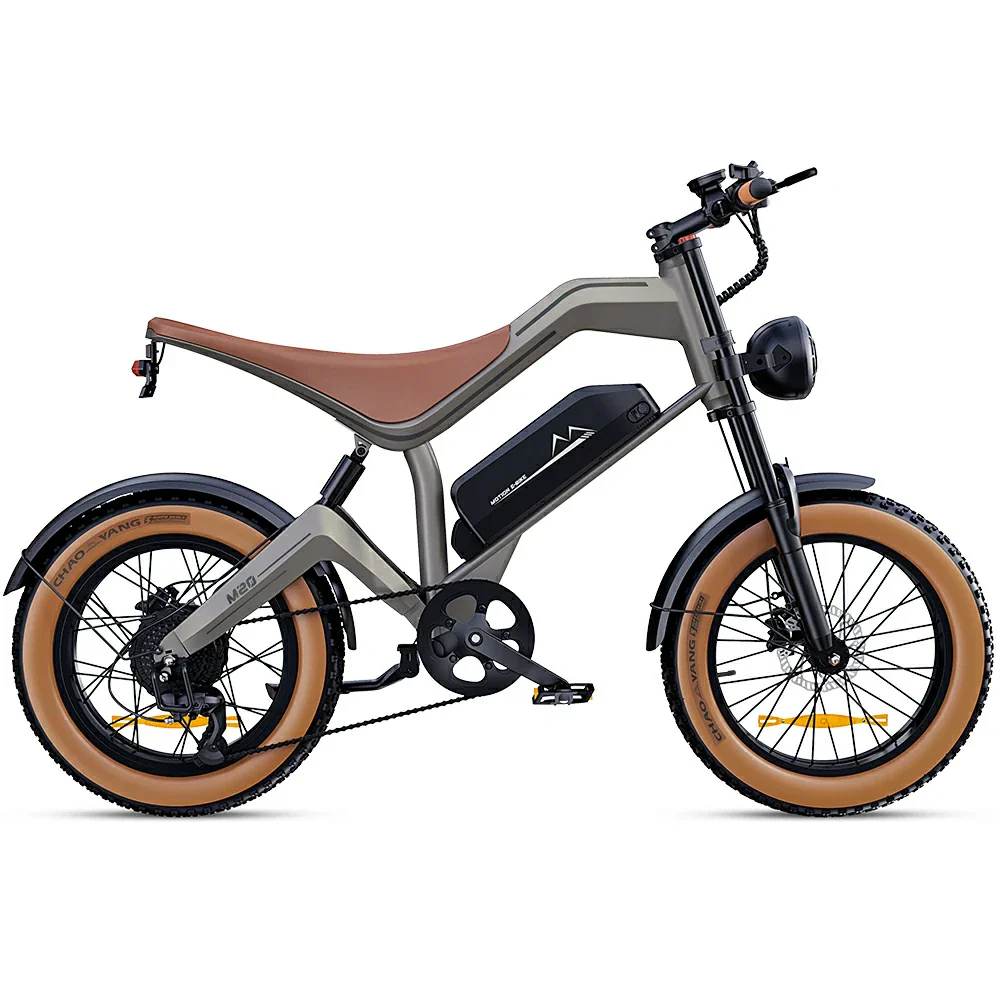
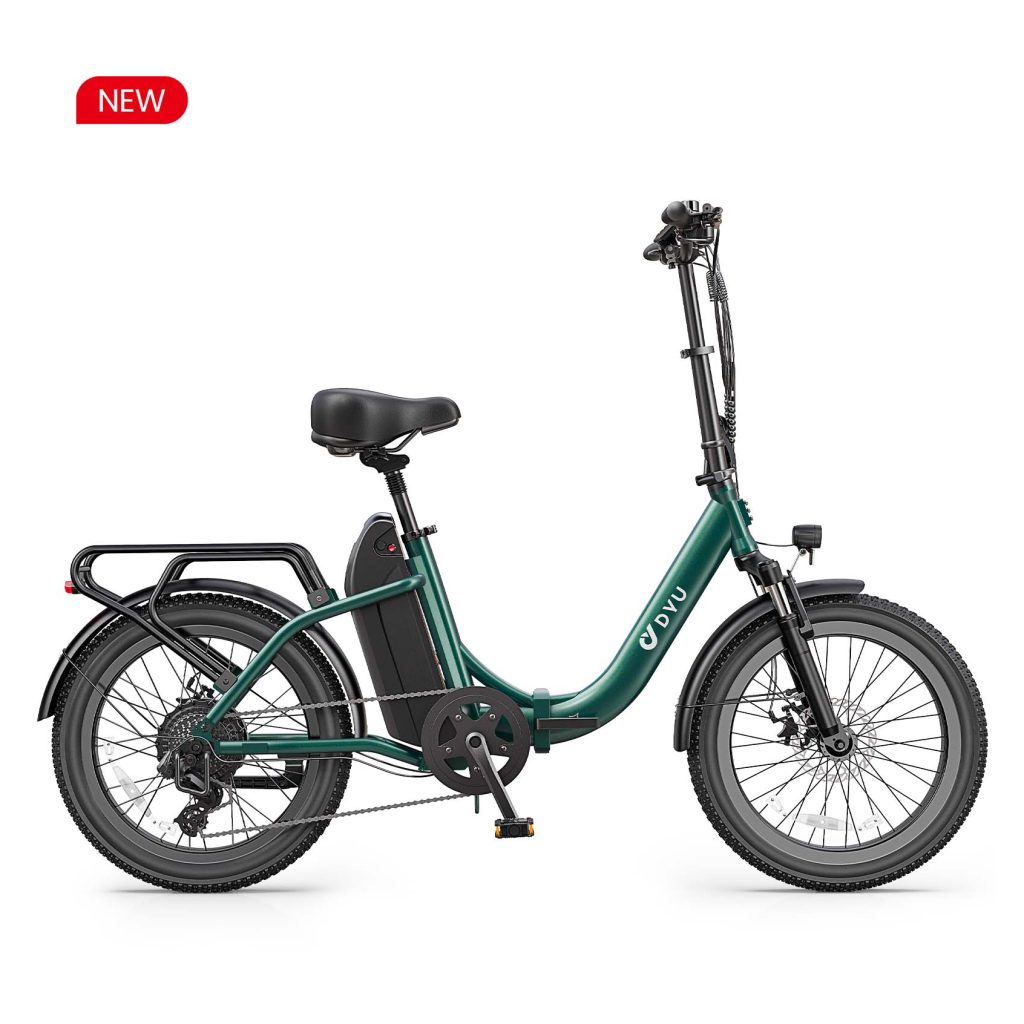
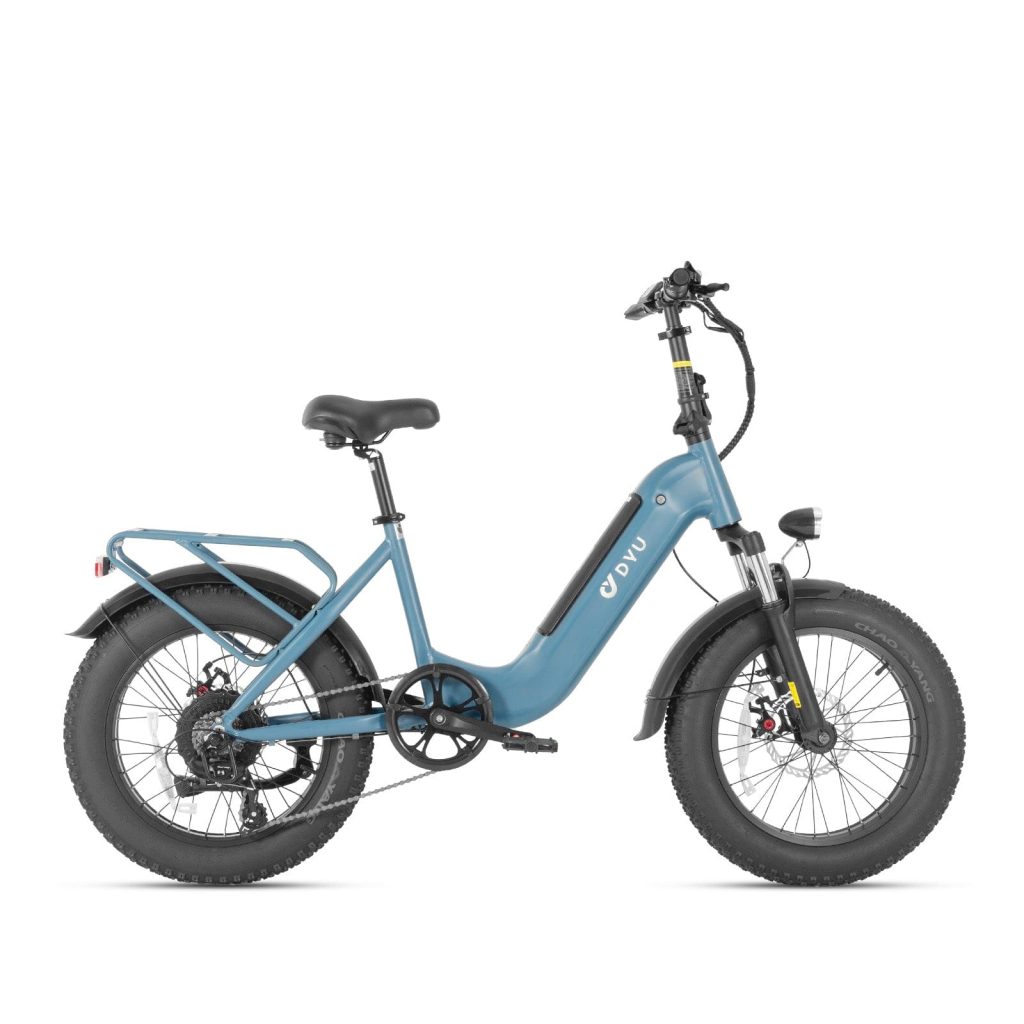
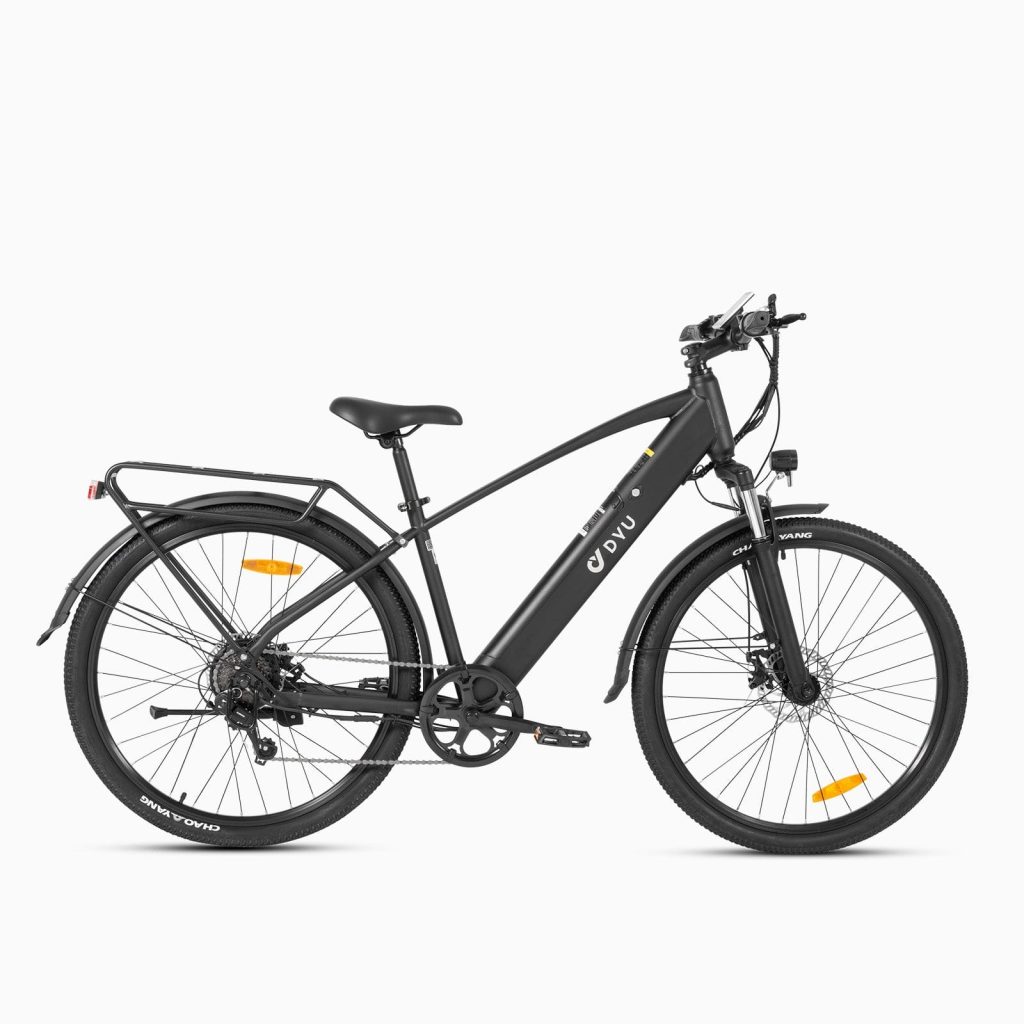
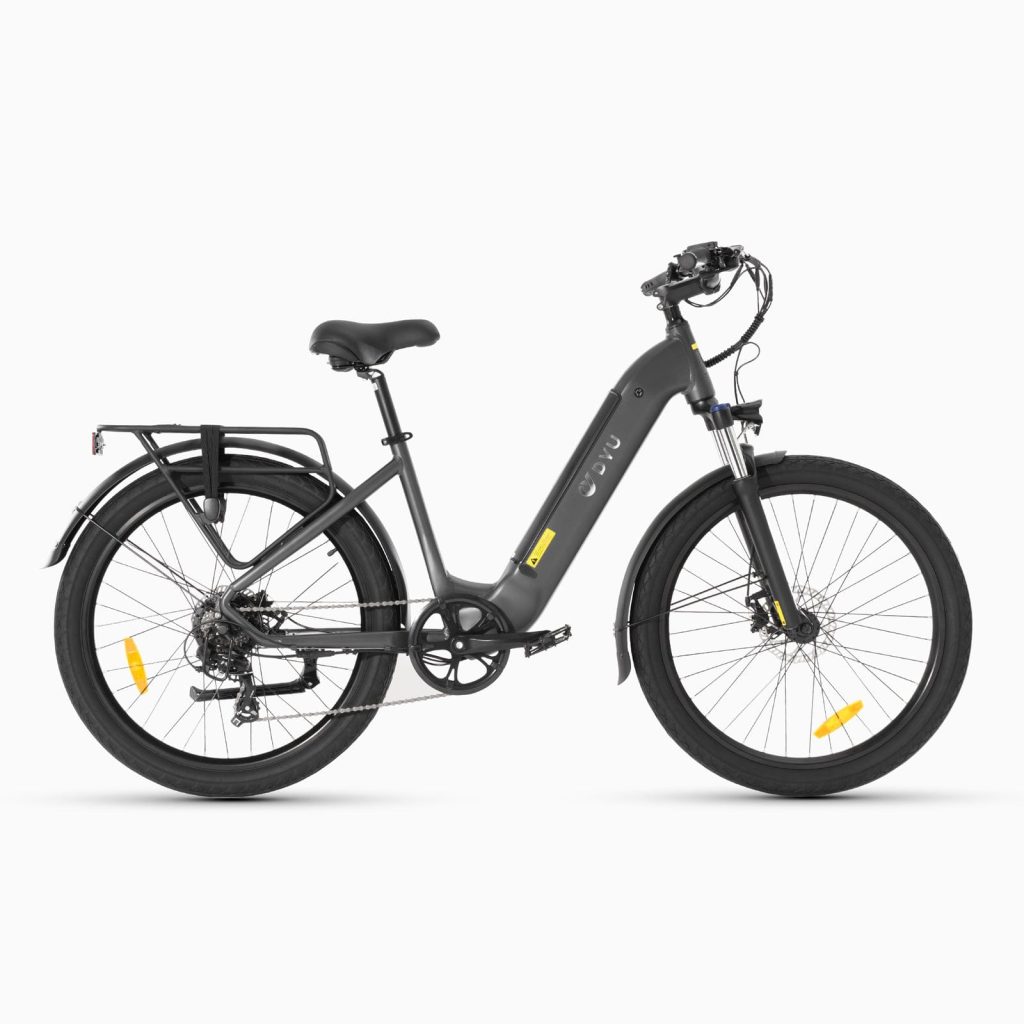
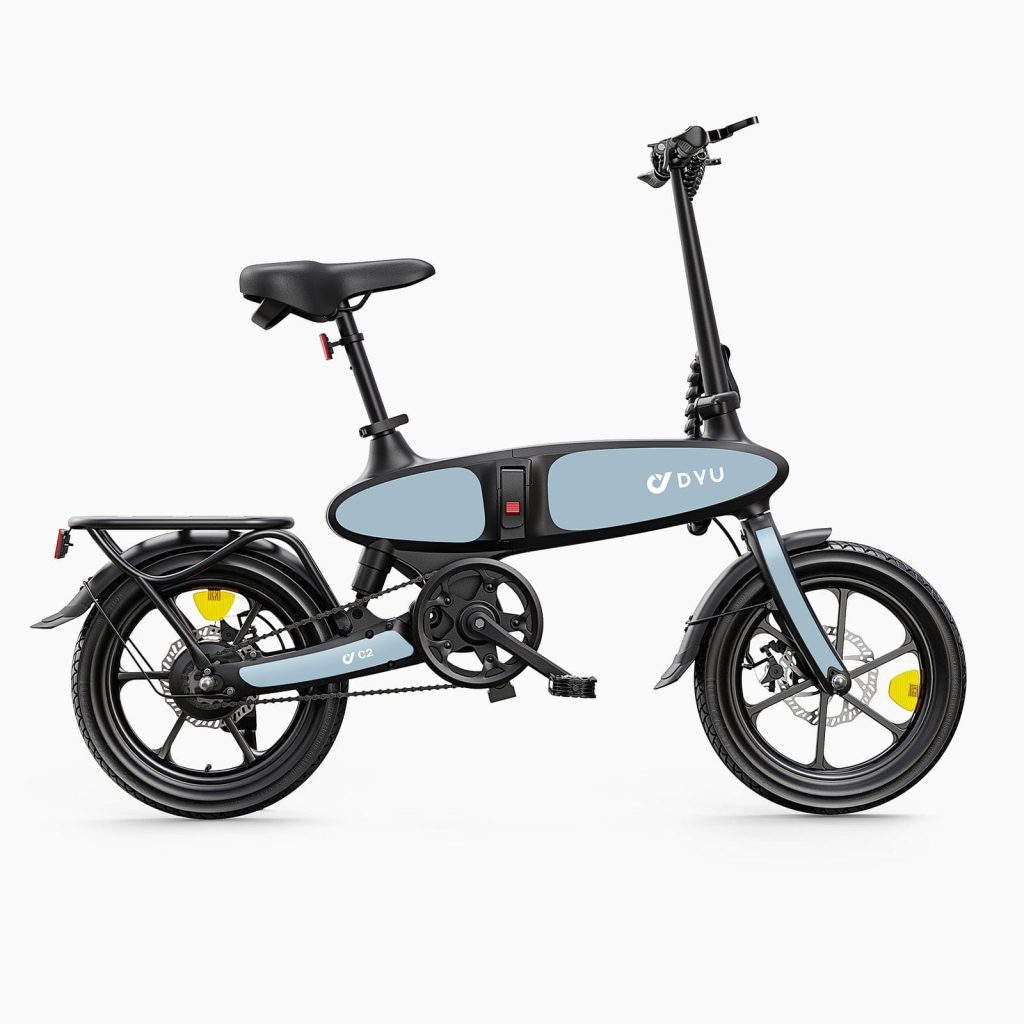
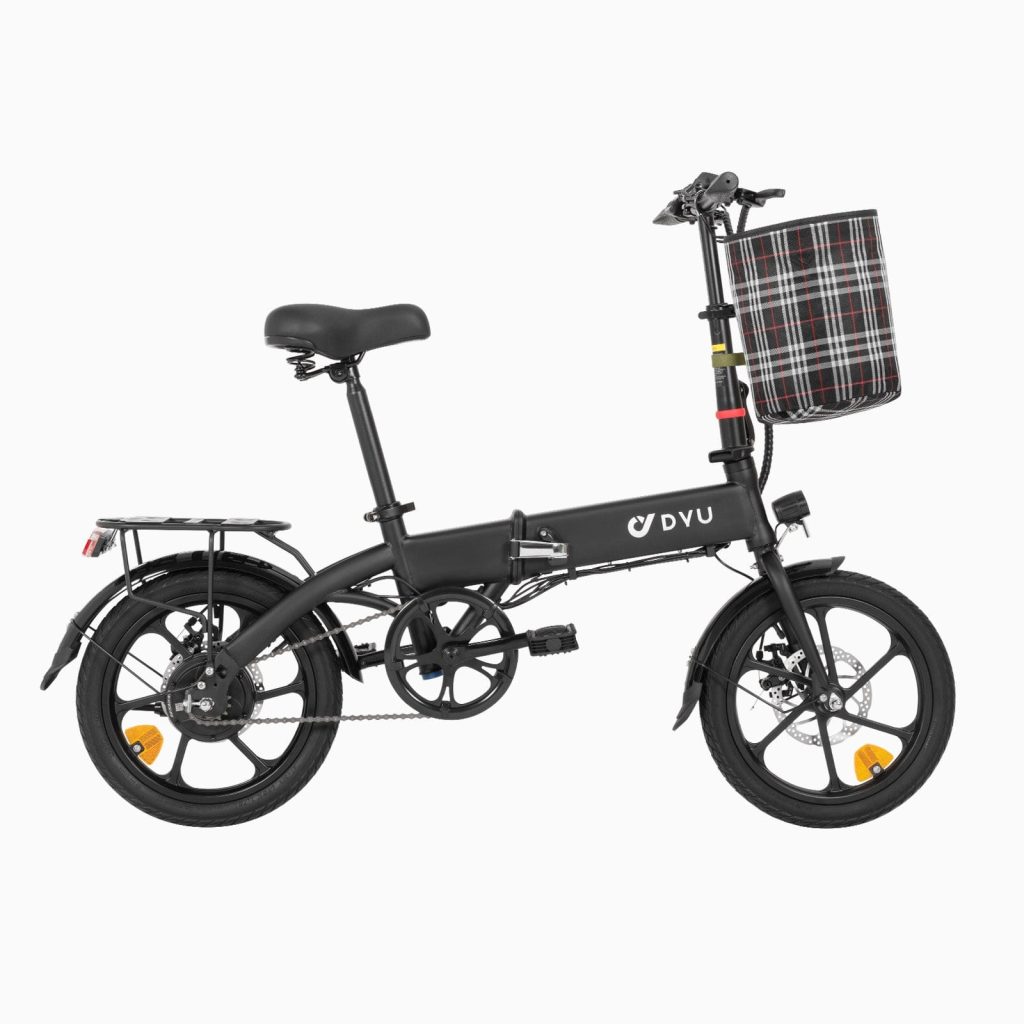
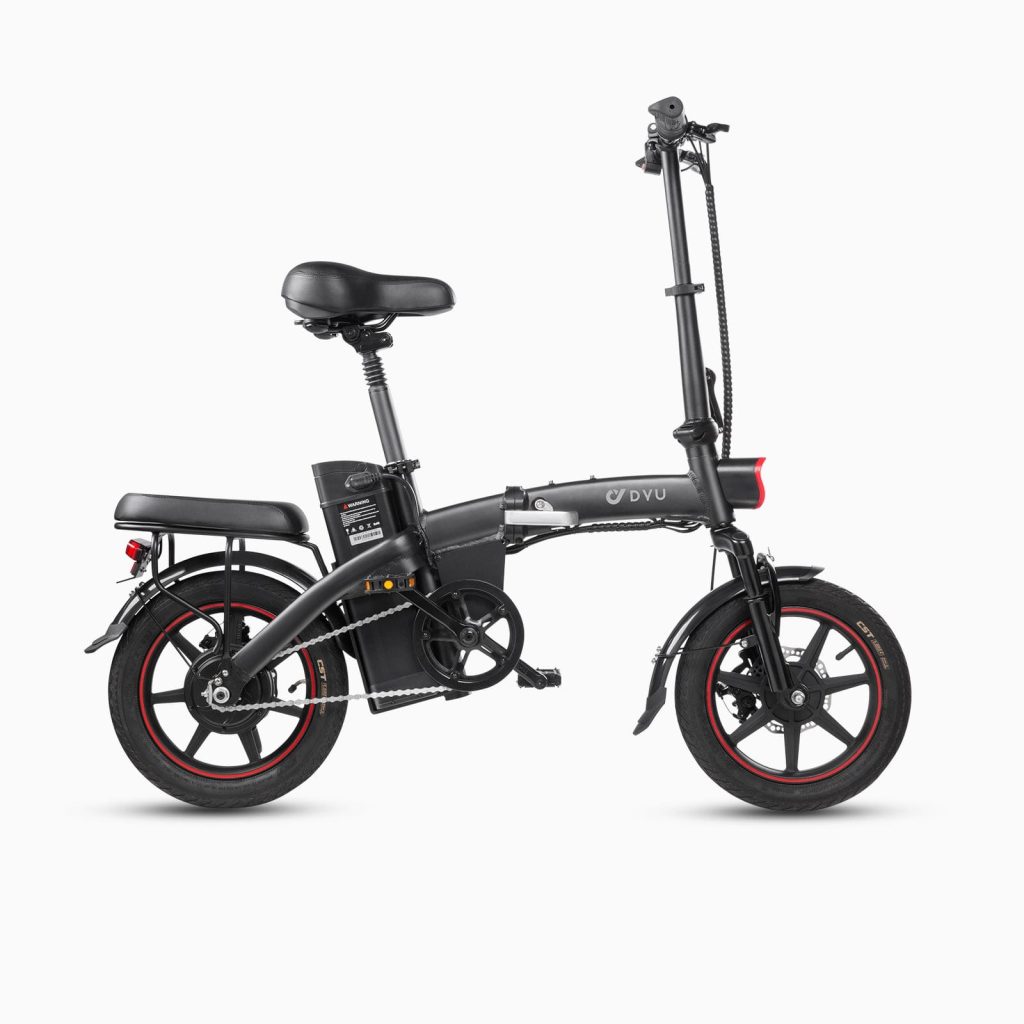
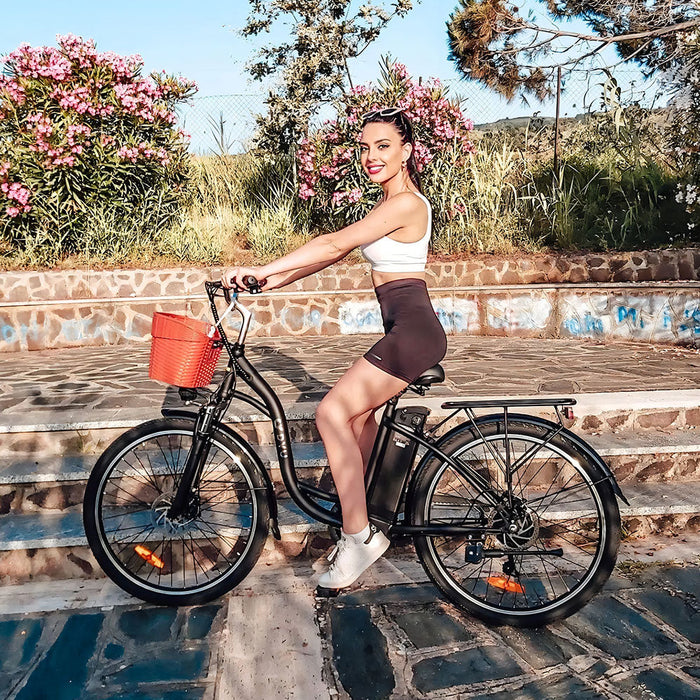
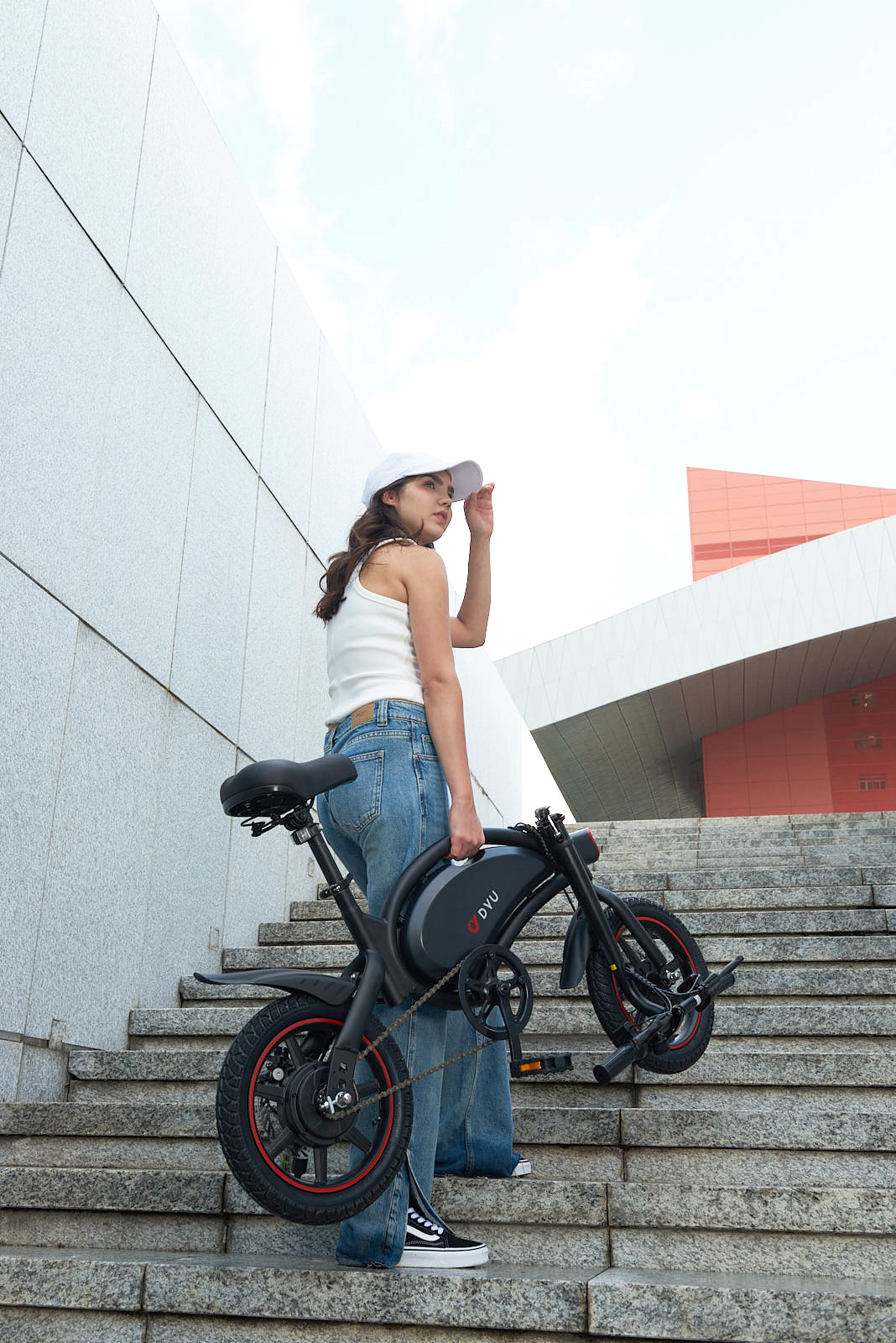
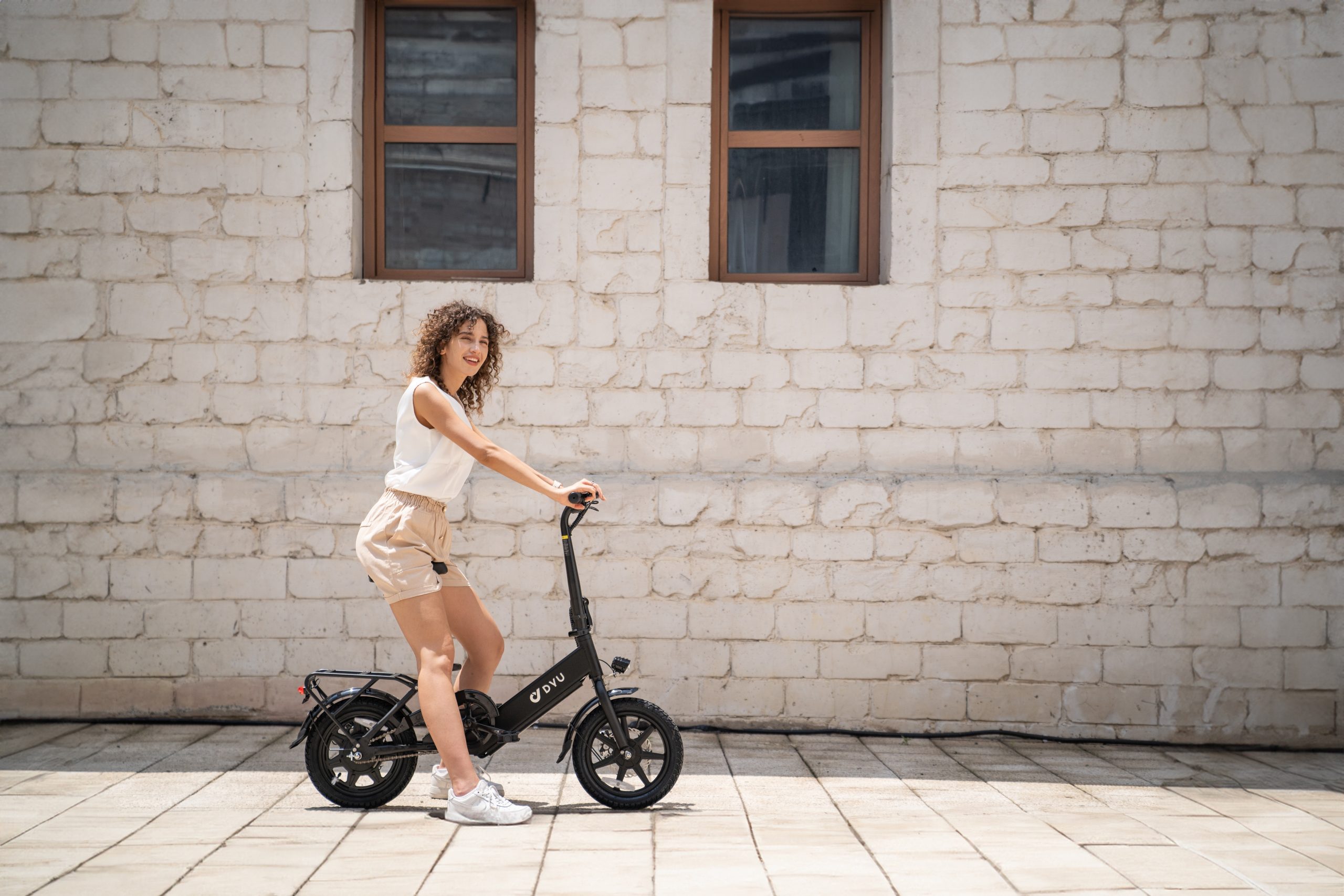
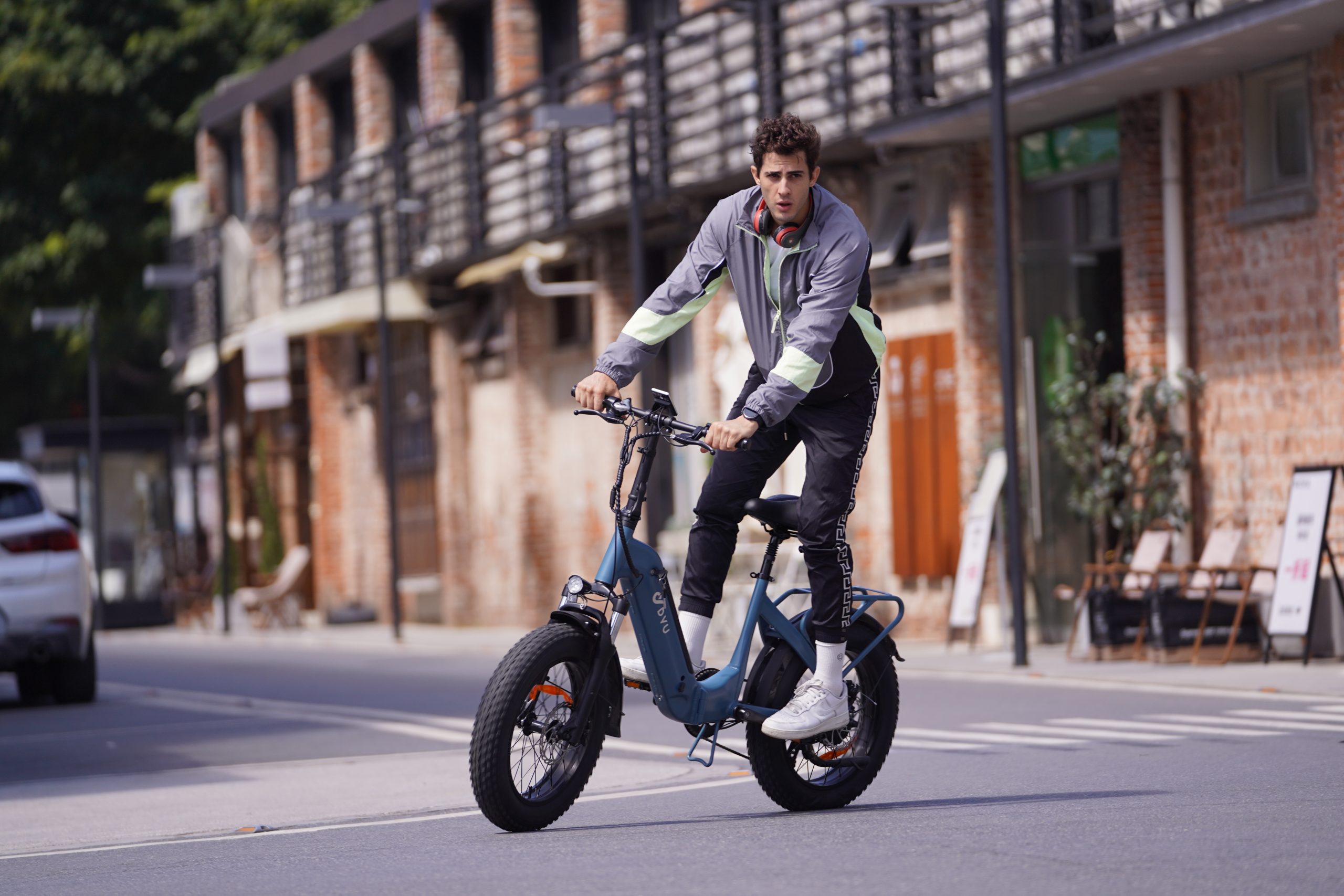

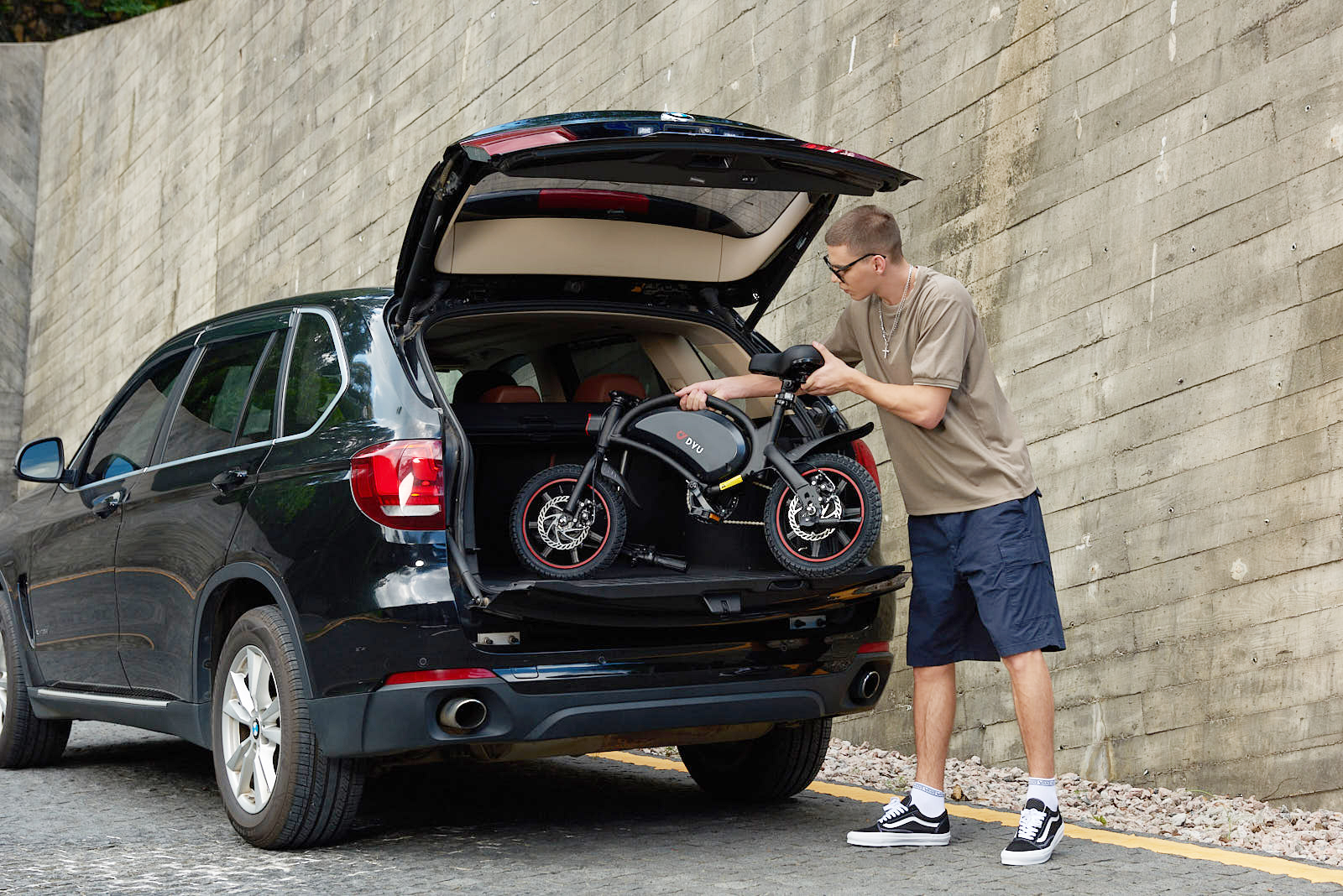
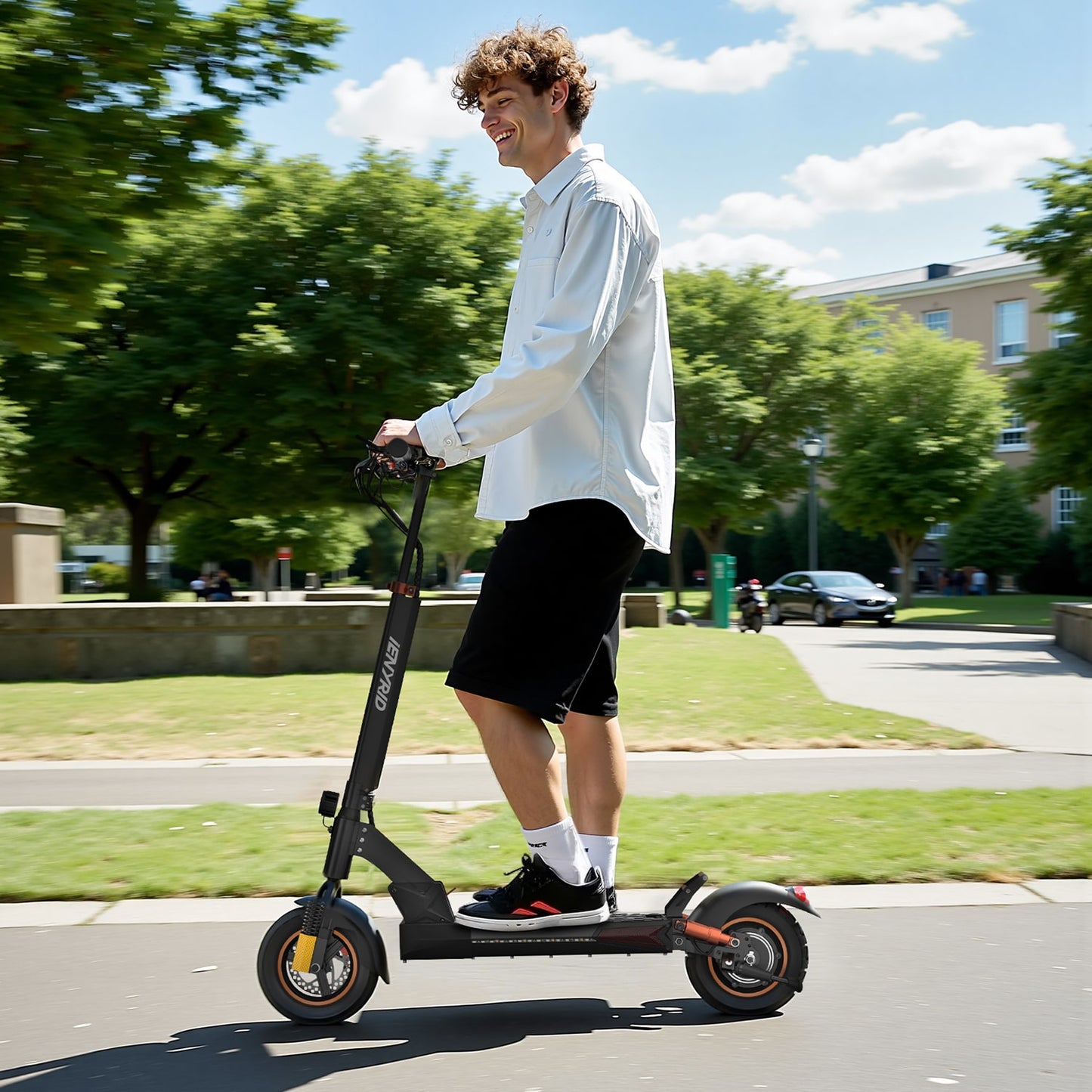
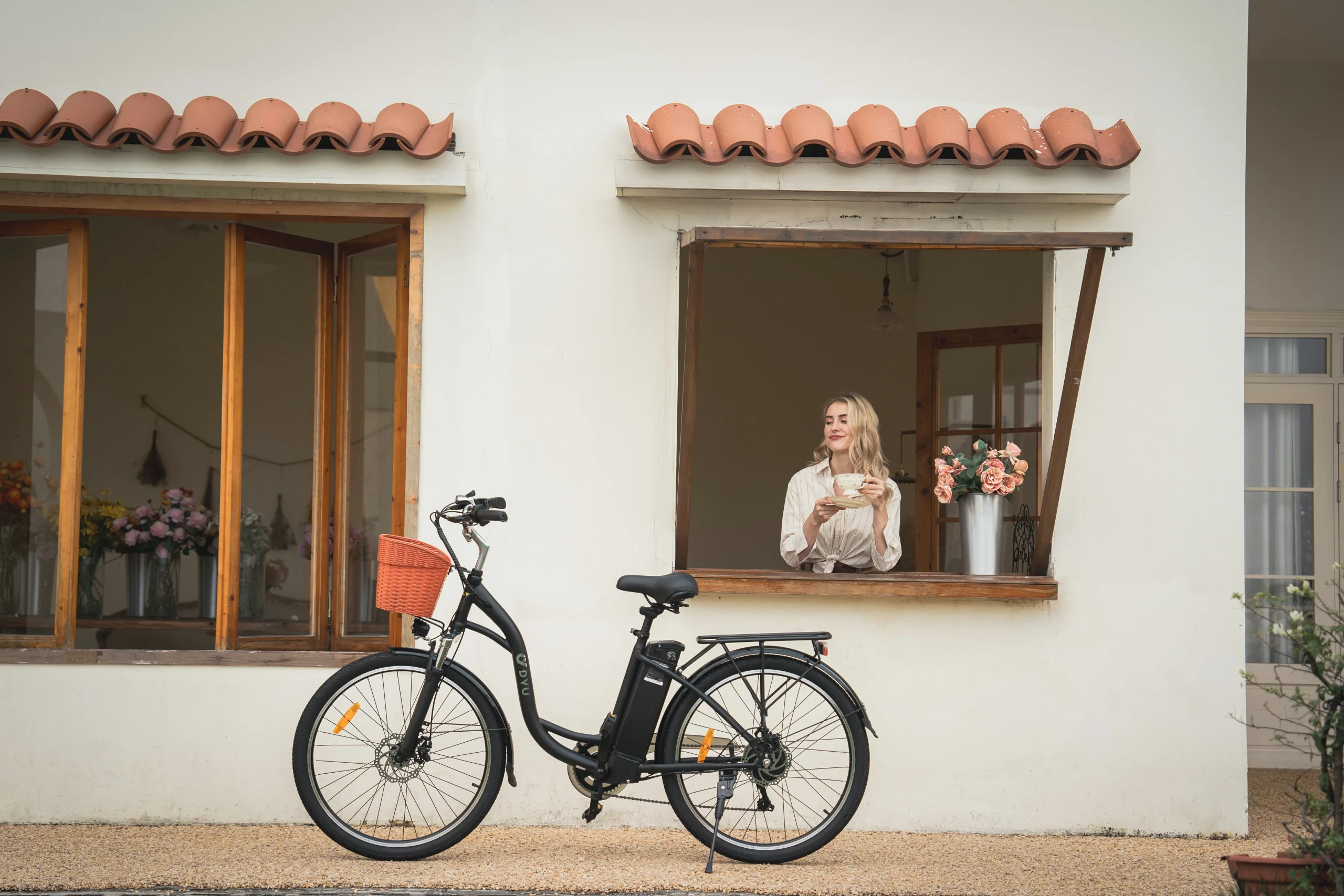
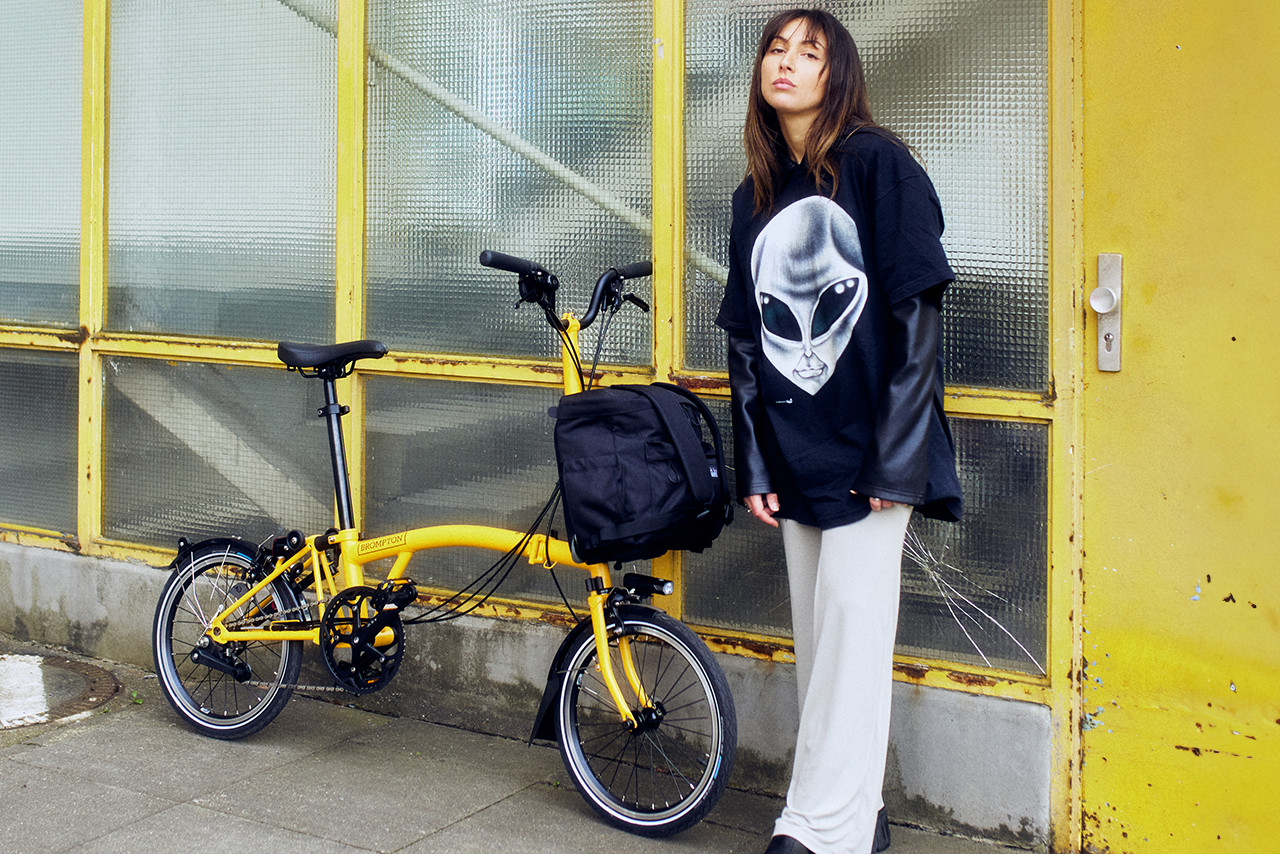
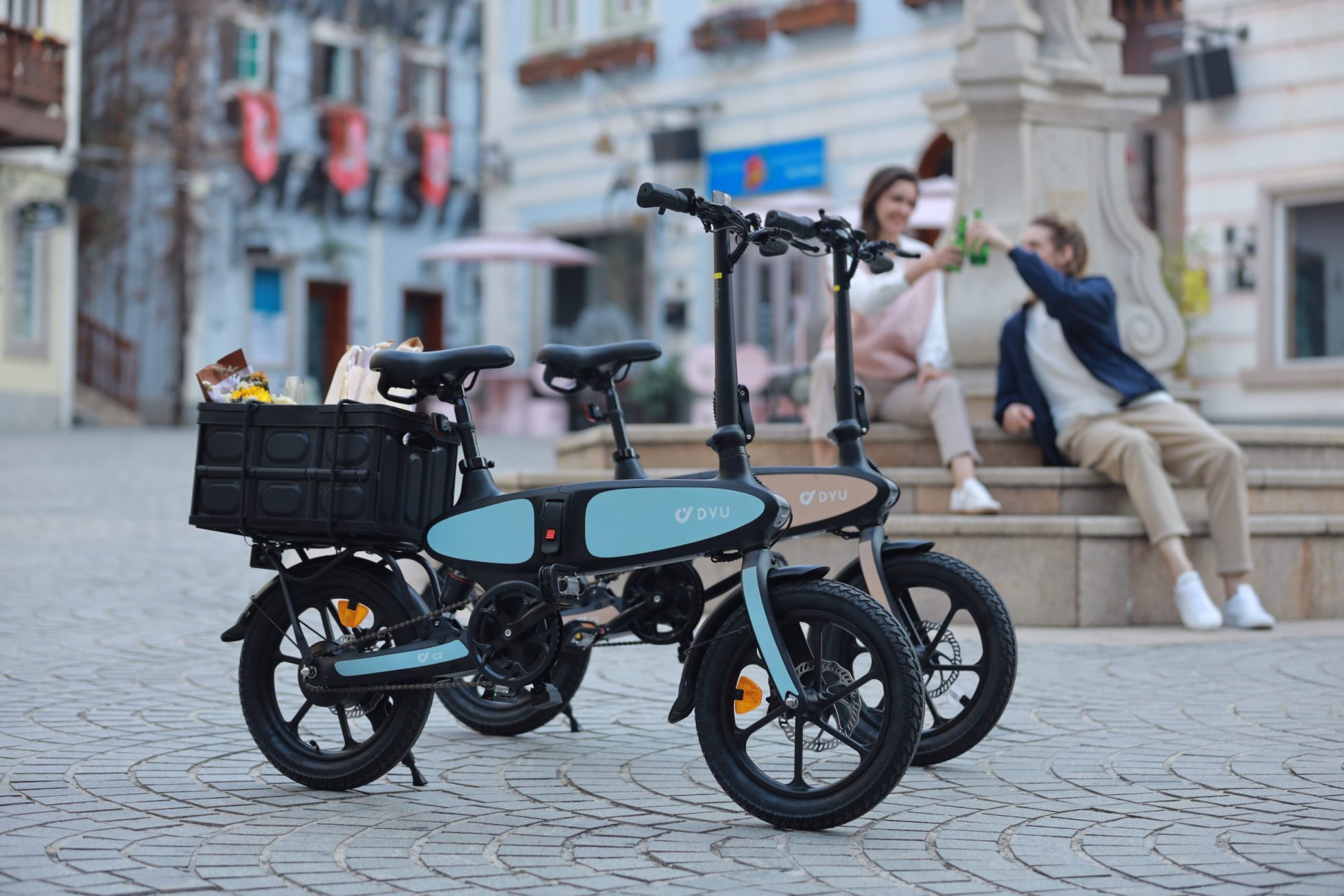
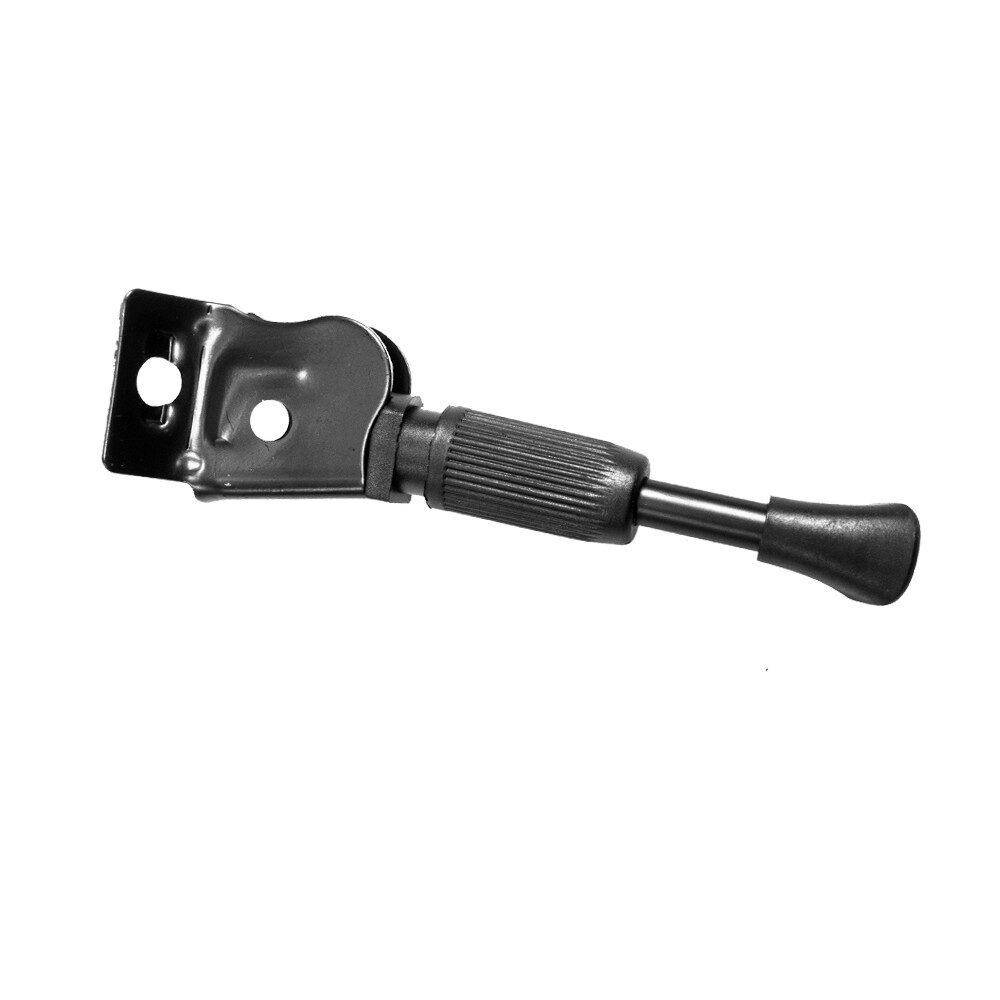
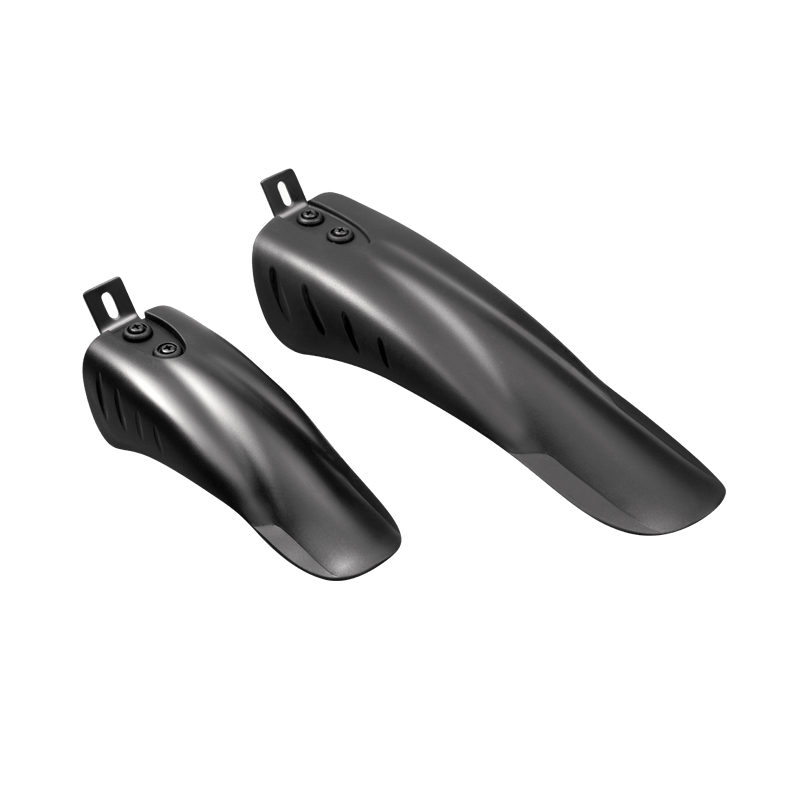
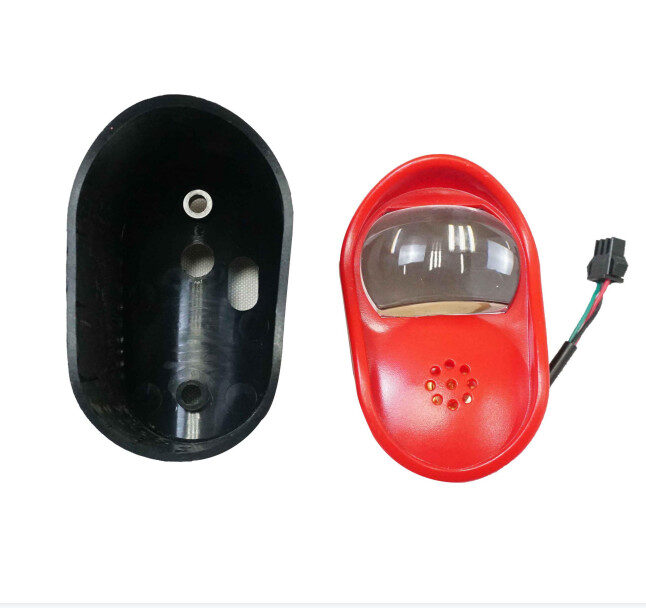
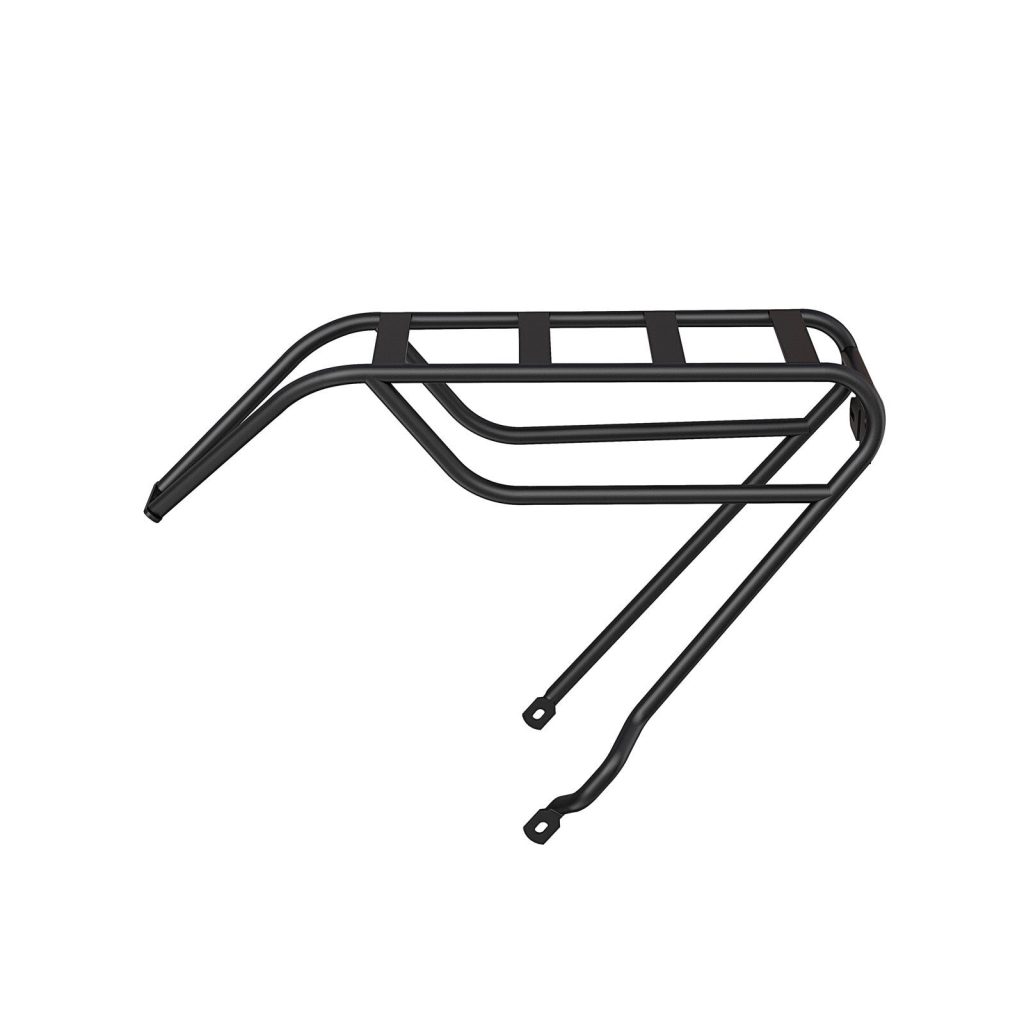
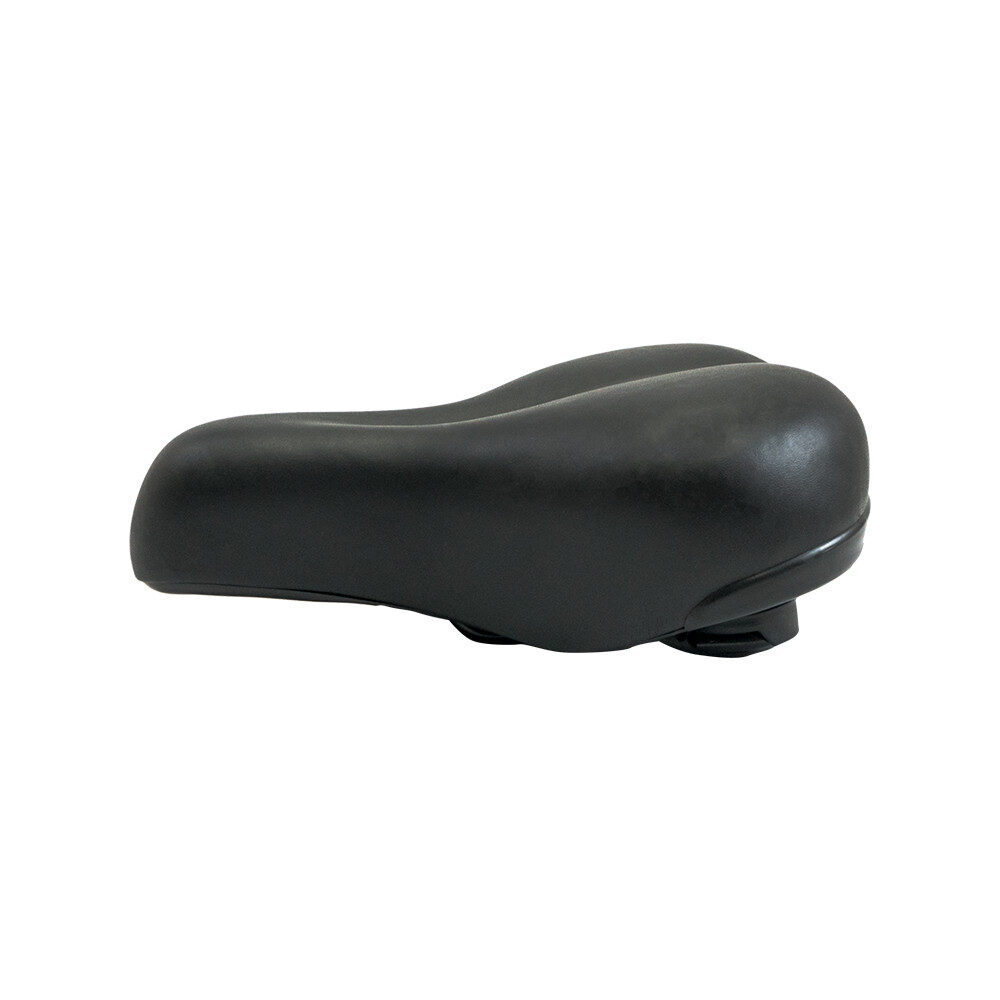
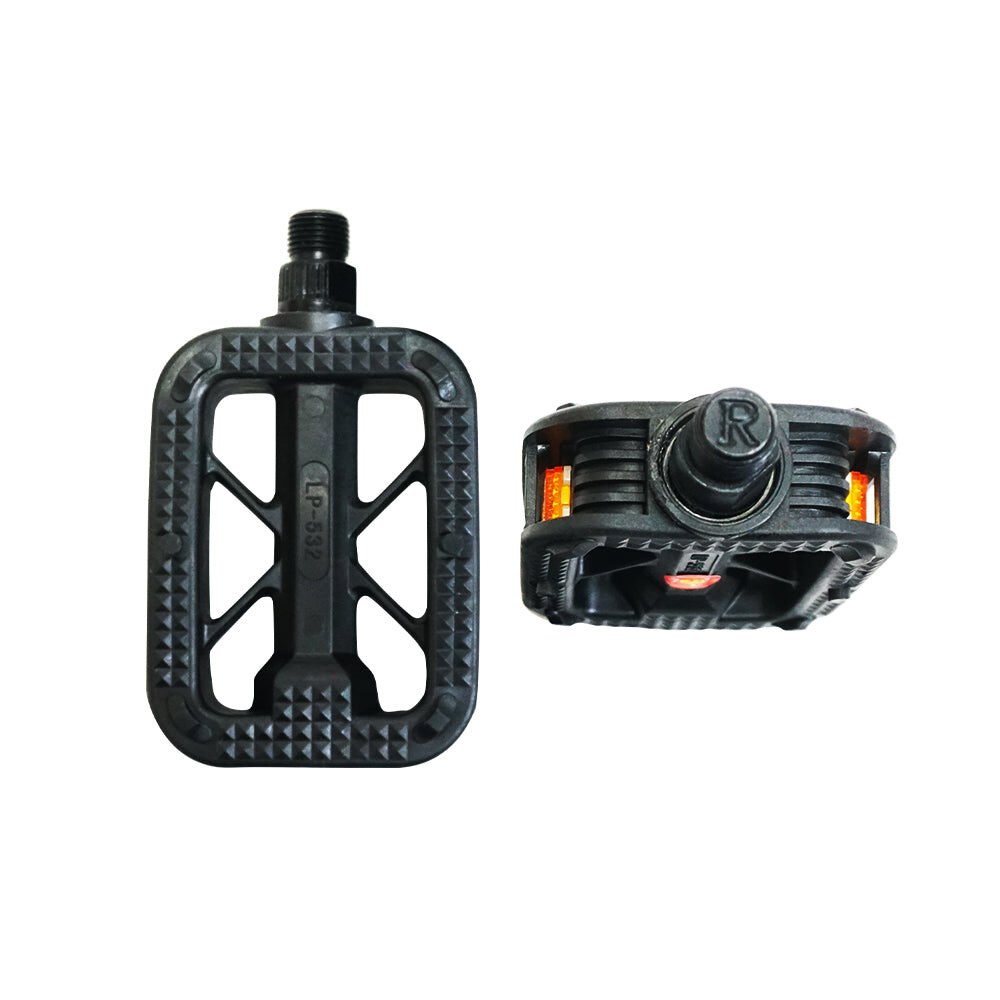
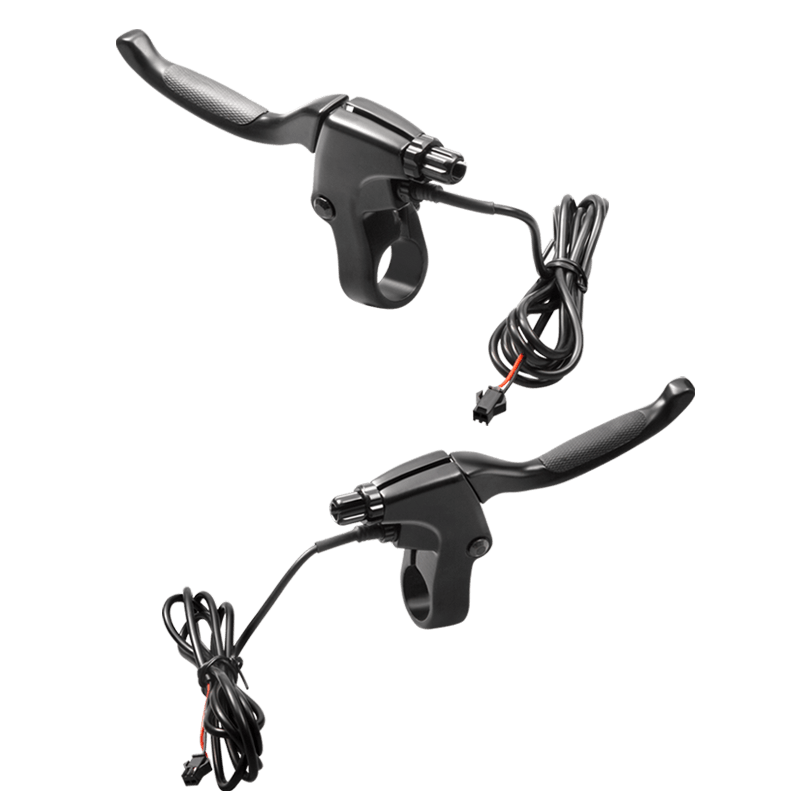
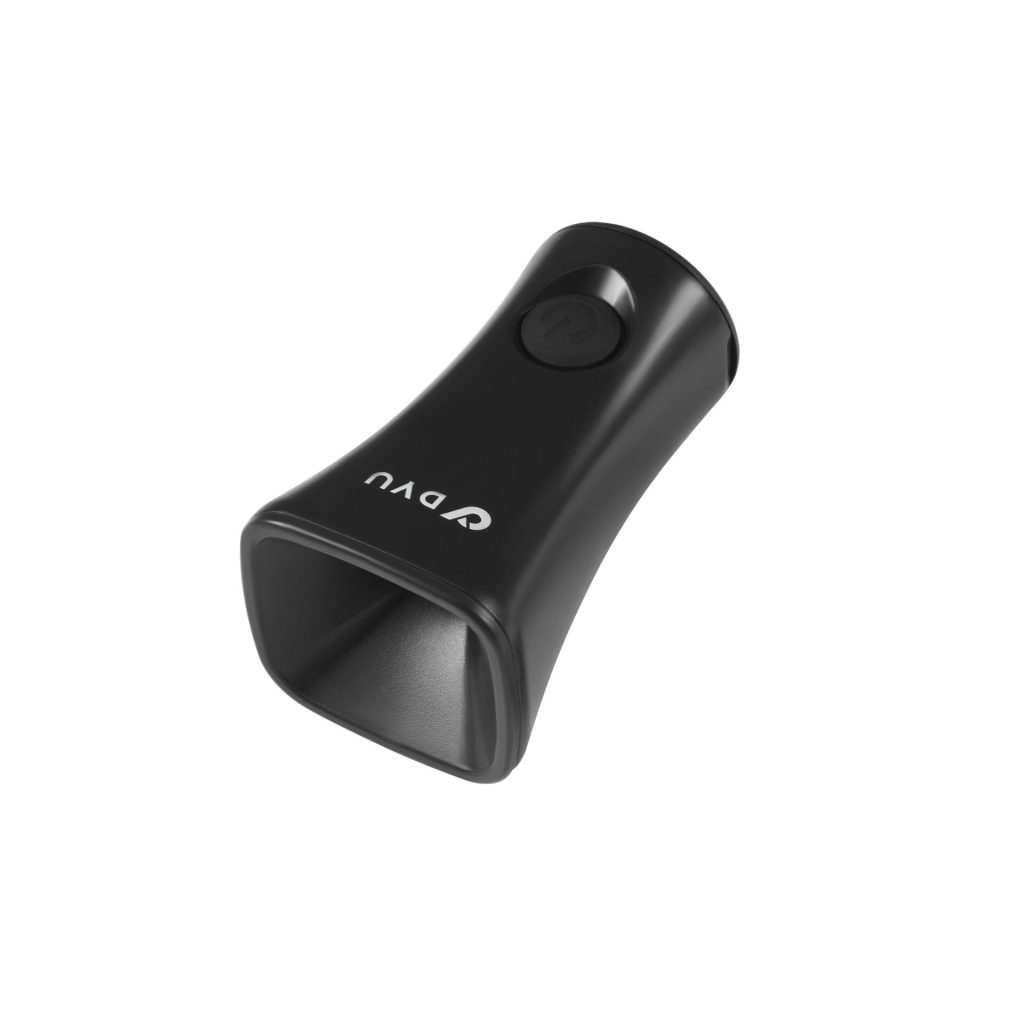

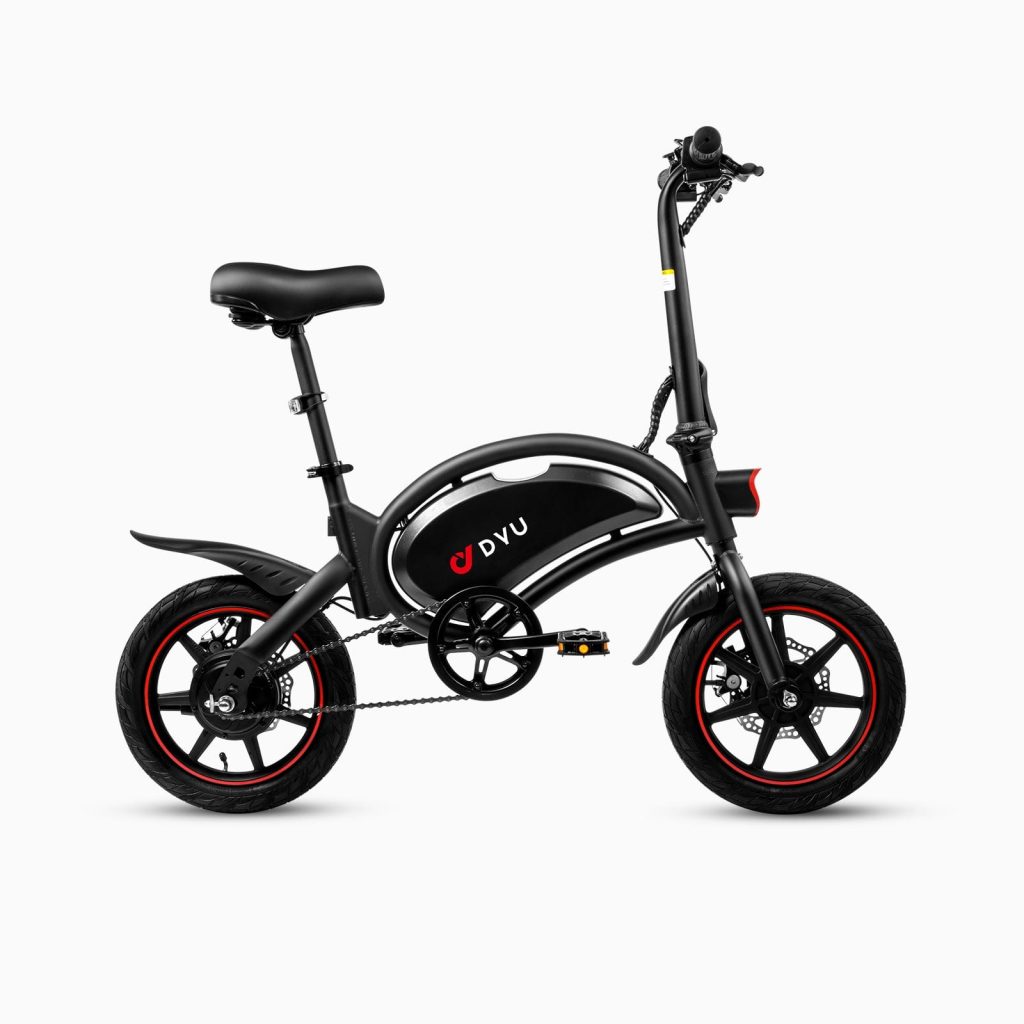
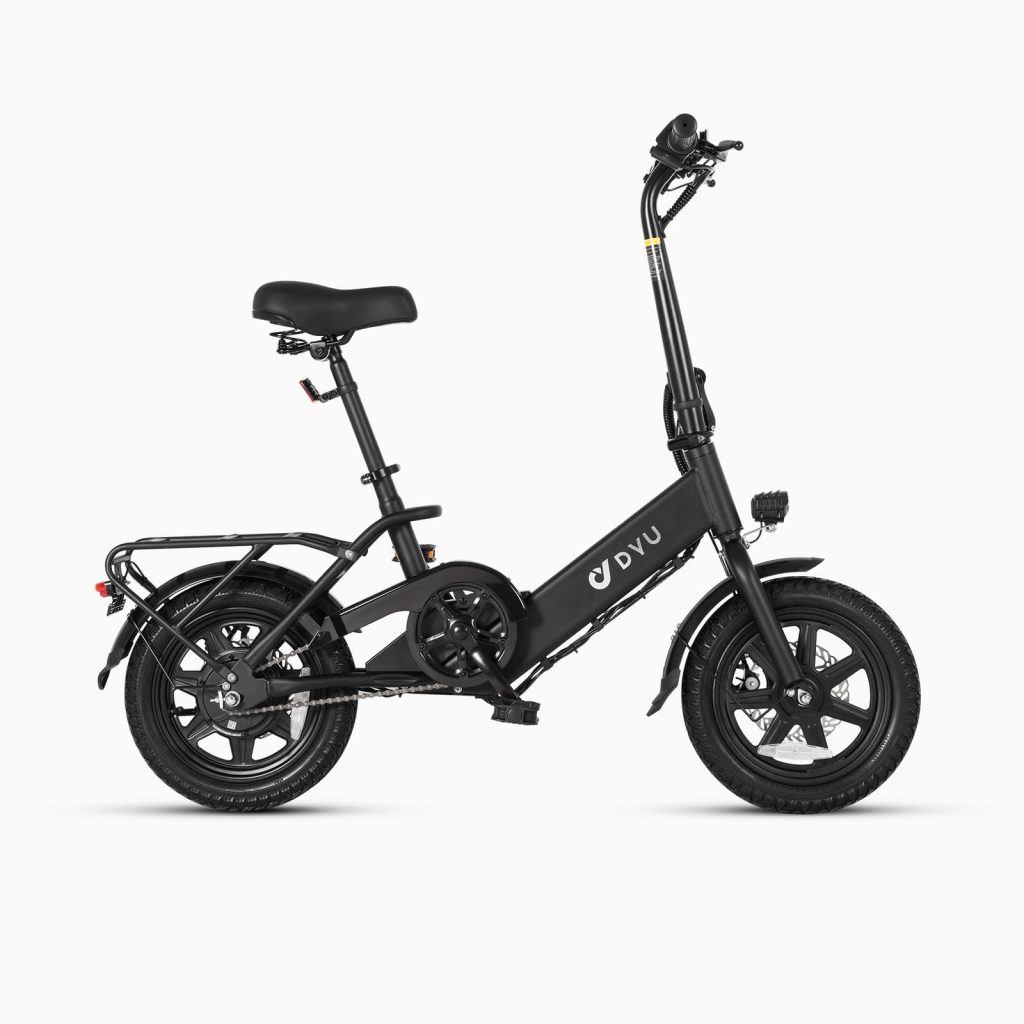
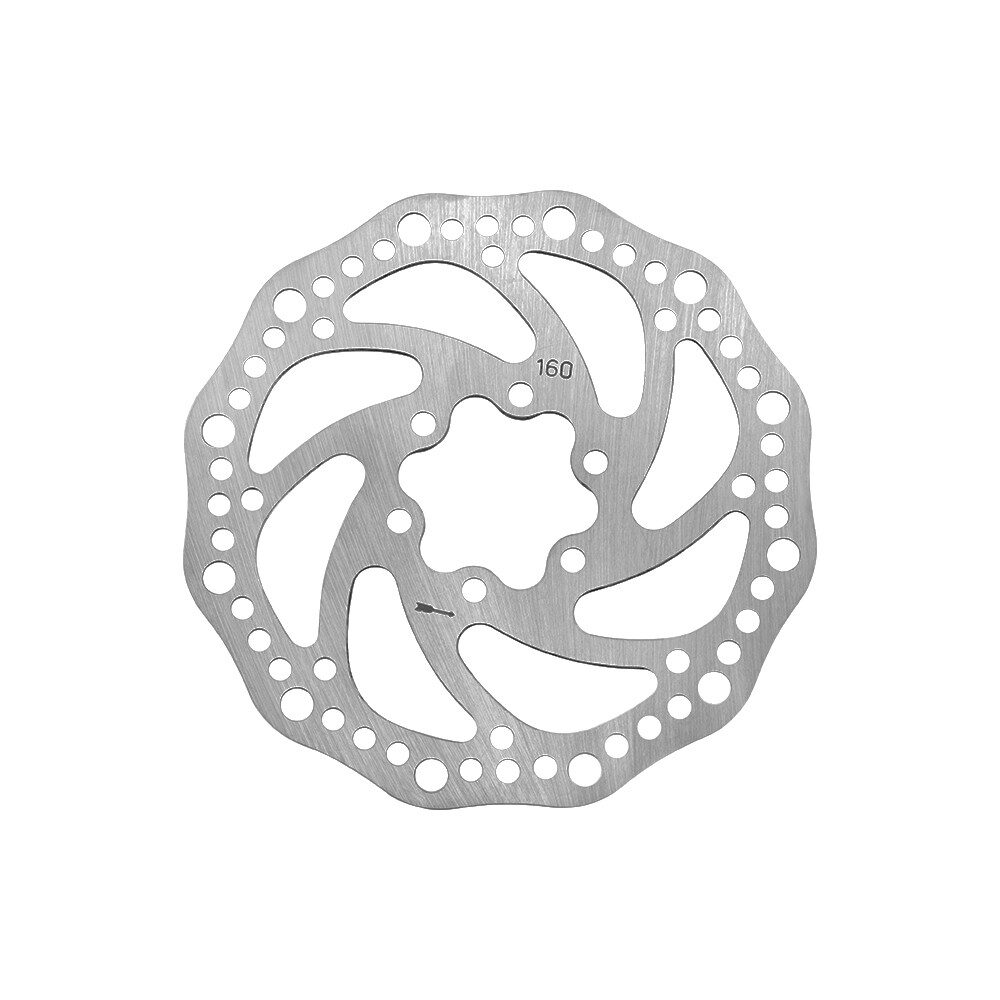
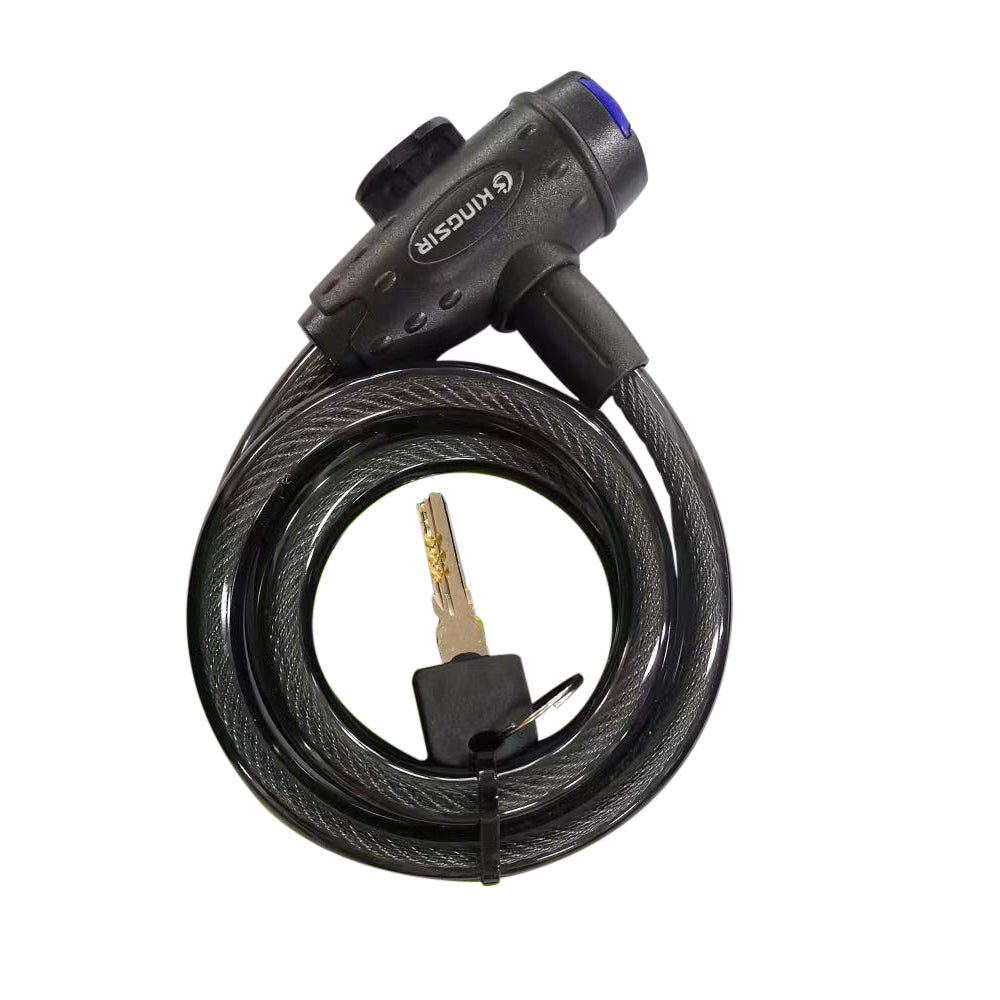
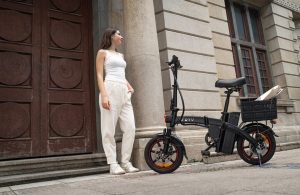

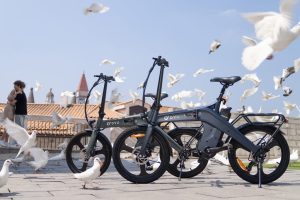
4 comments
Una
Can I really take a folding e-bike on public transport?
Daniel Novak
Absolutely! That’s one of their biggest advantages. Most models are compact enough to fit on trains, buses, or even under your desk. It makes combining cycling with public transport much easier than with a full-sized bike.
hilda
This actually makes sense, I hate walking that last bit after the train
Elsie
This is so true! My commute is a nightmare without something for the last mile.